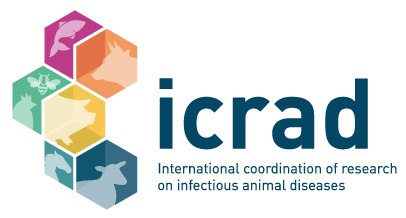Project details
Acronym: ScIce
Researcher: Dr. Christine Fast
Countries: Germany, United Kingdom, France, Spain, Italy, Iceland
Project Summary
Prion diseases, including scrapie and BSE, result from the conversion of the cellular prion protein into an abnormal isoform. For classical scrapie in particular, a wide variety of prion strains with different biological behaviour is known; individual isolates even experimentally overcome the human species barrier. The mechanisms controlling the evolution of prion strains and the factors determining the zoonotic potential of a strain are unclear. Scrapie was introduced to Iceland by an infected buck in 1878 and continues to re-emerge despite intensive eradication efforts. This situation makes it possible in this project, coordinated by Germany, to study the development of prion strains and the genetic and environmental factors that influence them. In vitro and in vivo experiments are investigating the variation of the prion protein gene in Icelandic sheep and its influence on resistance to scrapie. Prion strain evolution over time is being studied in Icelandic isolates using biochemical and molecular techniques. Among others in Germany, characterization is also being done in mouse models, with each partner using established models. In Germany, these are transgenic mice, which overexpress the ovine prion protein. In addition to the biological properties of the prion strains in their own host, their zoonotic potential will also be determined. Furthermore, the influence of environmental contamination with prions on the recurrence of the disease will be determined. All these findings are being used in Germany for epidemiological analyses and for the development of flexible economic models to establish improved and costeffective control strategies. Prion strain evolution has an inherent zoonotic potential and the results obtained here, using scrapie as a model for prion disease, are critical for the control and prevention of future, potentially zoonotic, prion diseases.
Project Team

